The St. Mary’s College of Maryland community now has access to over 60 significant collections of digitized archival material.
Adam Matthew Digital is a UK-based publisher of unique primary source material from leading archives and libraries around the world. Content spans the humanities and social sciences, from medieval manuscripts to 20th century global politics.
Adam Matthew provides access to all of their collection through one search engine called “AM Explorer.” Alternatively, you can access individual collections directly through the library’s A-Z Databases list.
Read on to learn about just a few of the collections available, some of the primary source materials they contain, and ideas for use in research and classes.
Colonial America
This collection features manuscripts and other documents from the National Archives (UK) from the early 17th through early 19th centuries. Content focuses on the early settlement of the colonies, American Indians, the American Revolution, legislation, trade, and the frontier–perhaps of special interest to local historians of St. Mary’s.
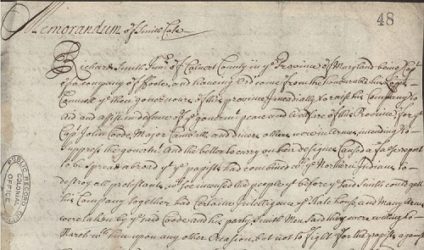
Highlight from the collection
Librarian Kent Randell, immediately upon finding out that the College has subscribed to AM Explorer, eagerly utilized this valuable resource and has already cited their Colonial History collections for his series of articles on the Susquehanna estate for the Maryland Genealogical Society Journal. Above is an excerpt of a memorandum regarding the case of Richard Smith, Jr., who was one of the most prominent Protestants to support the Catholic Third Lord Baltimore’s government until the “bitter end,” even after the Protestant Associators razed Lord Baltimore’s government in the Fall of 1689. Richard Smith, Jr. refused to recognize the provisional rebel government and was imprisoned by the Protestant Associators, and above is an excerpt of a memo regarding his case prepared for the English Lords of Trade. Smith’s wife, Barbara (Morgan) (Rousby) Smith, traveled to England and successfully appealed to the Lords of Trade to have her husband removed from “gaol” (jail).
American Indian Newspapers
Forty-five digitized titles are available here, spanning around 200 years of U.S. history. These newspapers include publications by tribal nations, students, and Christian missionaries in English and indigenous languages of the U.S. and Canada. All of these papers are fully searchable and may allow for research contrasting the coverage and interpretation of events in indigenous versus mainstream publications.
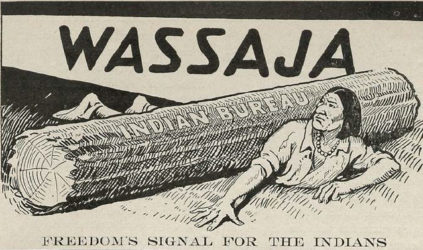
Highlight from the collection
Indian School Journal was published by the Chilocco Indian Agricultural School from 1900-1980. The monthly edition’s contents are the work of the Office of Indian Affairs (OIA), while the weekly edition was written by students.
Some of the issues provide a look into the everyday life, thoughts, and activities of the students, while others give insight into the OIA’s agenda. Articles in the April 1906 issue, for example, seem to push assimilation as an imperative, bringing up negative stereotypes about the so-called blanket Indians, who remained committed to tribal traditions. However, at times the articles directly respond to racist ideas with tongue in cheek humor; a mention of Comanche Chief Quanah Parker praises him as one good Indian who isn’t dead.
African American Communities
Focusing on communities in Atlanta, New York, Chicago, and North Carolina, the collection includes primary sources from the 19th and 20th centuries. Researchers can find items including oral histories, newsletters, correspondence, family papers, and photographs. These materials may interest those studying race relations, housing problems, desegregation, the Civil Rights movement, and African-American culture and identity.
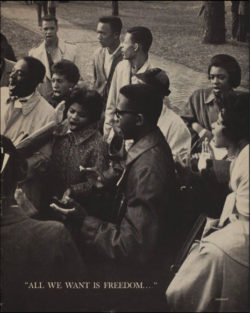
Highlight from the collection
The collection contains many video and audio oral history interviews, along with their transcripts. Subjects include Quincy Jones, Koko Taylor Spike Lee, Gloria Naylor, and Cornel West. In this interview with visual artist Kara Walker, she describes the influence of artist Adrian Piper on her work, and the ways she uses silhouetted figures to interpret minstrelsy and romantic novels of the South. Interviews may give viewers context for the work of the individuals highlighted, and a greater appreciation for the experiences shaping their lives and responses to overt and institutionalized racism.
Medical Services and Warfare
This collection gathers materials related to the Crimean War, the American Civil War and the First World War. The emphasis is on medical developments and their relationship to these conflicts, examining treatment during war and the influence in turn of war on medical breakthroughs. Materials in this collection include clinical notes and medical records, correspondence, personal accounts, studies, military records, and the Florence Nightingale papers, containing handwritten letters that are searchable by keyword.
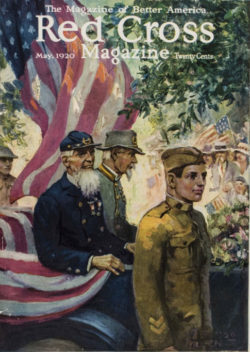
Highlight from the collection
HMS Terrible: Medical and Surgical Journal, available in 3 volumes from 1853-1856
It may not surprise researchers to learn that life aboard the HMS Terrible was…difficult. The Royal Navy ship, which fought in the Crimean War, records the health problems of its crew in this journal. The ship’s surgeon tracked the name, age, role on the vessel, date, and outcome of the visit; i.e. sent back to duty, hospitalized, or occasionally, death. The last pages of the journal give a tally of the incidents of particular medical issues, as well as offer the surgeon’s additional notes. Major culprits for infirmary visits include contusions (bruises), wounds, ulcers, phlogosis (inflammation), and rheumatism, with the most common communicable disease as syphilis. Researchers may gain insight into the health of sailors aboard ships in the Crimean War, as well as sympathize with at least one soul sent to the hospital due to the severity of an ulcer on his foot.
[…] 5/2/2019 New Primary Source Database: AM Explorer […]